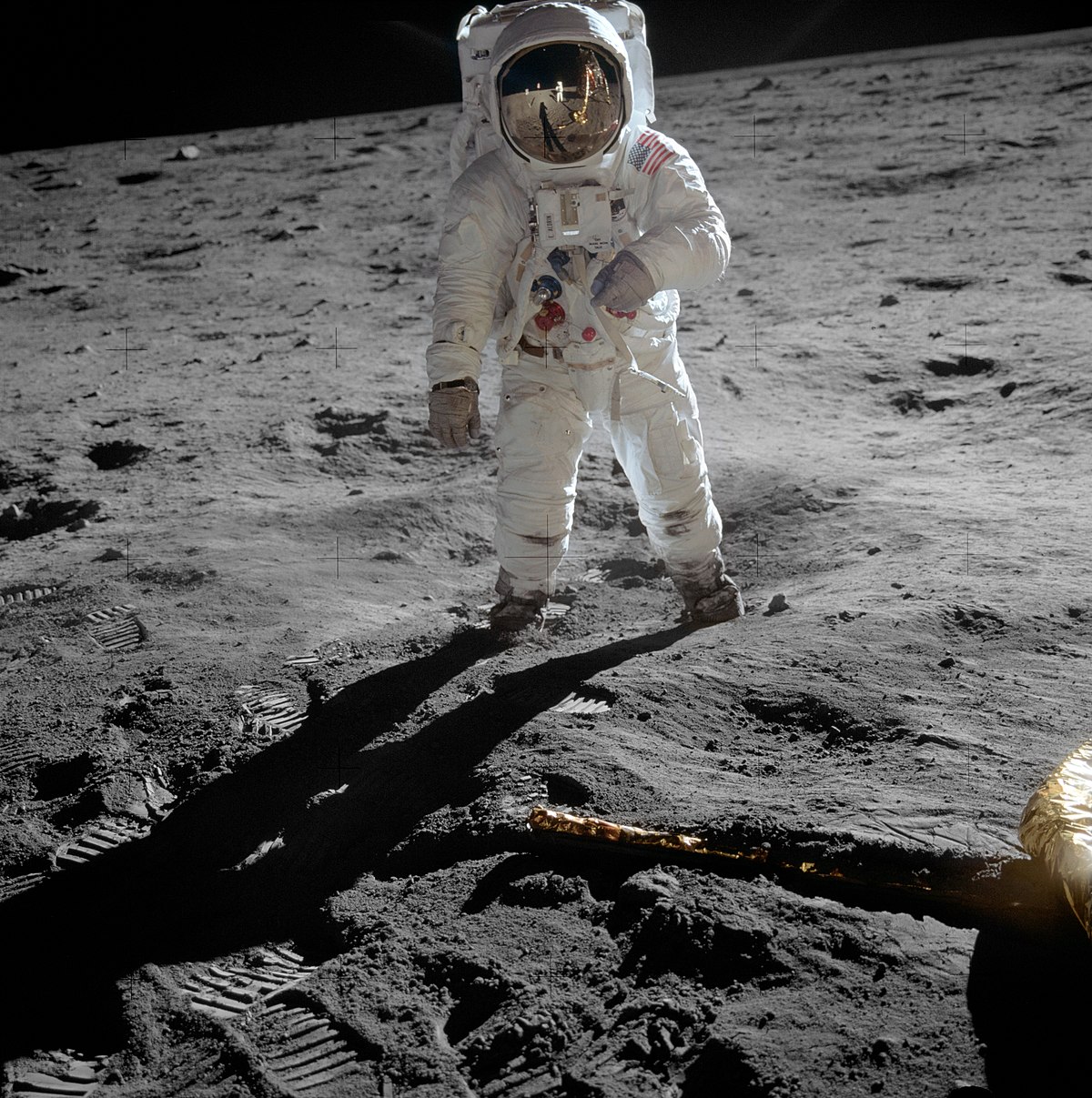Just recalled, it is 150 years since the start of the Franco Prussian war, an event whose effects still are felt today.
Next year will bet the 150th anniversary of the final act of the Franco Prussian war, the Fall of the Commune, an event which actually did not involve the Prussians at all!
They just stood by and watched while the french slaughtered each other!
https://www.britannica.com/event/Commune-of-Paris-1871
It is actually today 150 yeras ago, July 19th 1870, that France declared war on Prussia.
Lured into a diplomatic trap, set up by Bismarck, who wanted to elminate France, as a threat aginst German unification, and rally the south German states behind that cause.
France had gambled, that the south German states would stay aside. They did not and went to war too. So France's army was facing a much stronger opponent, than anticipated.
Weaponry was comparable, but the German army was better organised, and their commanders did not eschew casualties. Von Bredow's cavalry death ride at Mars-la-Tour, the charge of the guard brigade at Saint-Privat (8000 men fell in 20 minutes)….
French resistance was harsh, they fought every street, every house, to the last bullet, like in Bazeilles. French civilians, Franc-tiruers, ambushed the Germans, resulting into harsh retaliation.
After a month of hevay combat in August, the French aemies were trapped in Metz. A new army was raised to relieve Metz. The Emperor himslef joined his troops. It got encircled at Sedan and surrendered on September 2nd. Emperor Napoleon III was taken prisoner. In Paris, the Third Republic was proclaimed.
The Germans marched on and besieged Paris. Bismarck proclaimed King Wilhelm of Prussia, to emperor of Germany, in the Versailles palace (January 18th 1871). Ten days later, Paris surrendered. Soon, an armistice was closed and peace negotiations began.
Social and political unrest in Paris, due to the standstill of economy during the siege, resulted in March in a revolt, known as the Commune de Paris. Germany stayed aside and permitted the French to crush the revolt, which had radicalized more and more. During the ‘Bloody Week’ (21-28 May 1871), thousands of insurgents were killed in combat or executed on the spot.
Peace was made in the Treaty of Frankfurt. German troops would occupy France until war damages were paid, which was accomplished within a few years. Bismarck had achieved his major political goal to bring all German states into a Prussia controlled empire. He had not intended to start a war of conquest, but nevertheless, Germany would seize the largely German speaking territory of Alsace-Lorraine. France lost cities like Strasbourg, Metz and Mulhouse, and its cherished Rhine border. The loss of Alsace-Lorraine would fuel an intense spirit of revenge in France. For more than forty years, they had to watch, with chagrin from their new border, the distant ‘Ligne bleue des Vosges’, the blue rim of the Vosges mountains, now under enemy control.
Finally, in 1914, the moment of revenge came. French troops crossed the border, with an exalting offensive spirit… just to get mowed down by machine gun fire. Only after the German defeat, in 1919, Alsace-Lorraine was restored to France.








